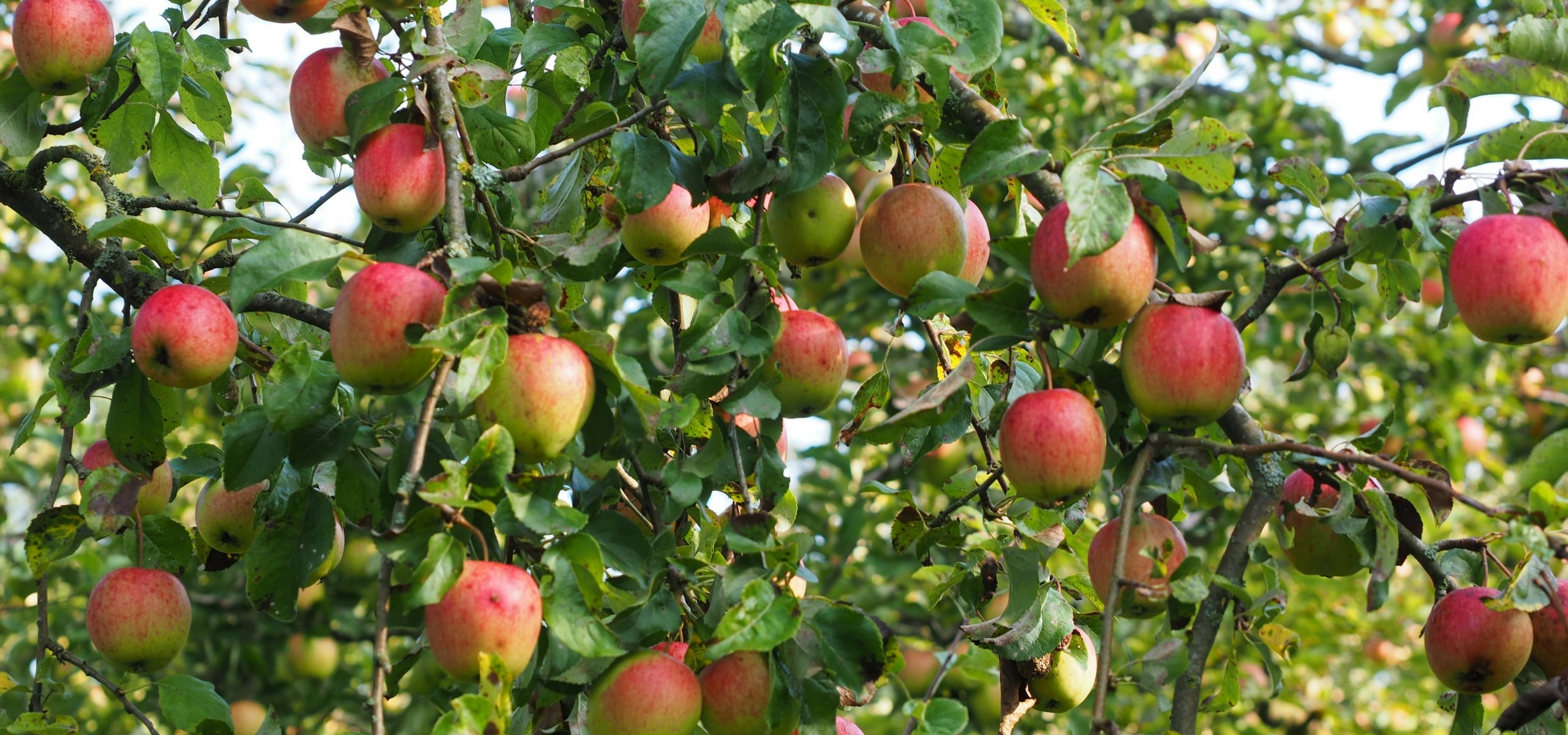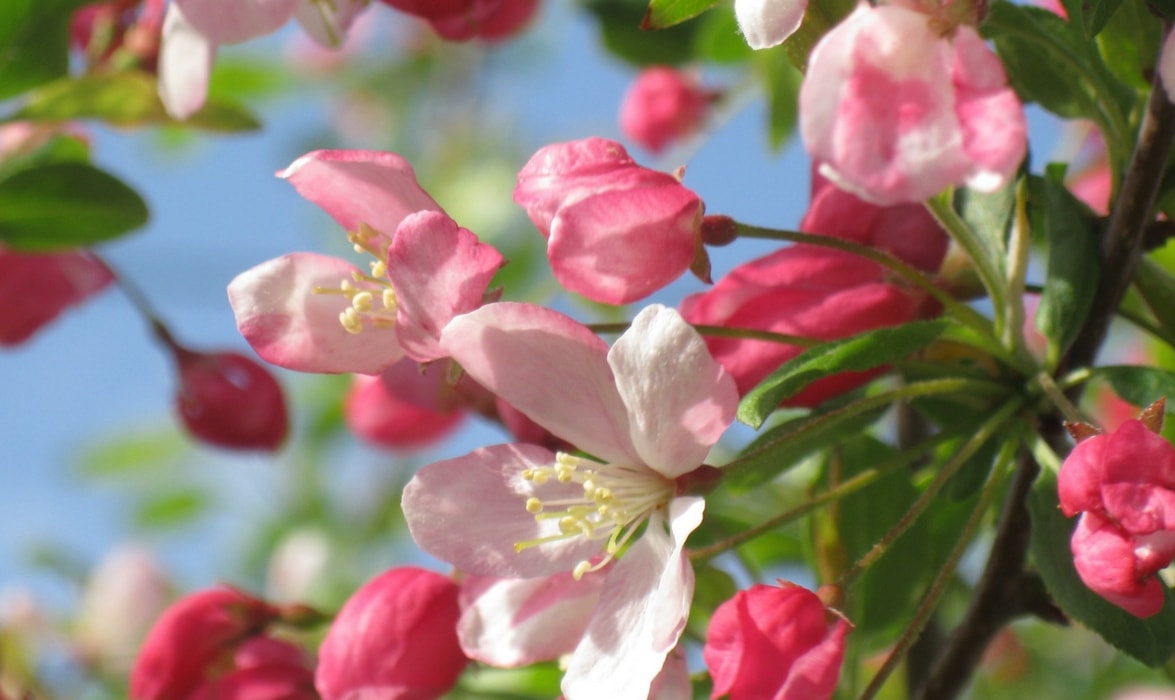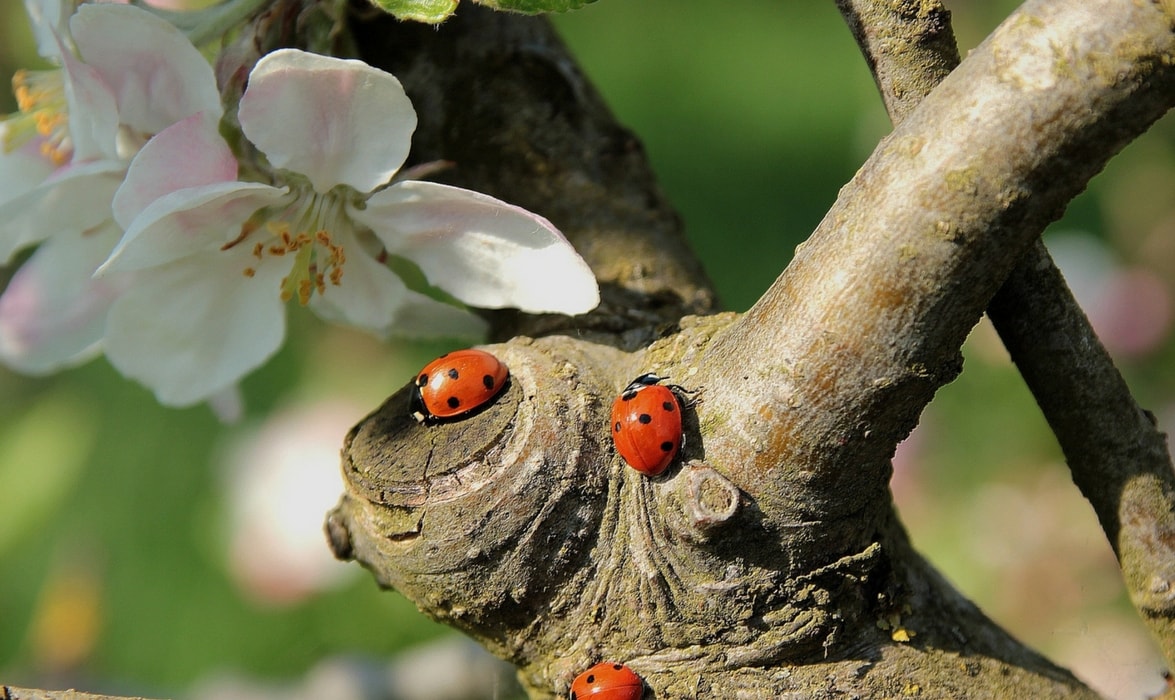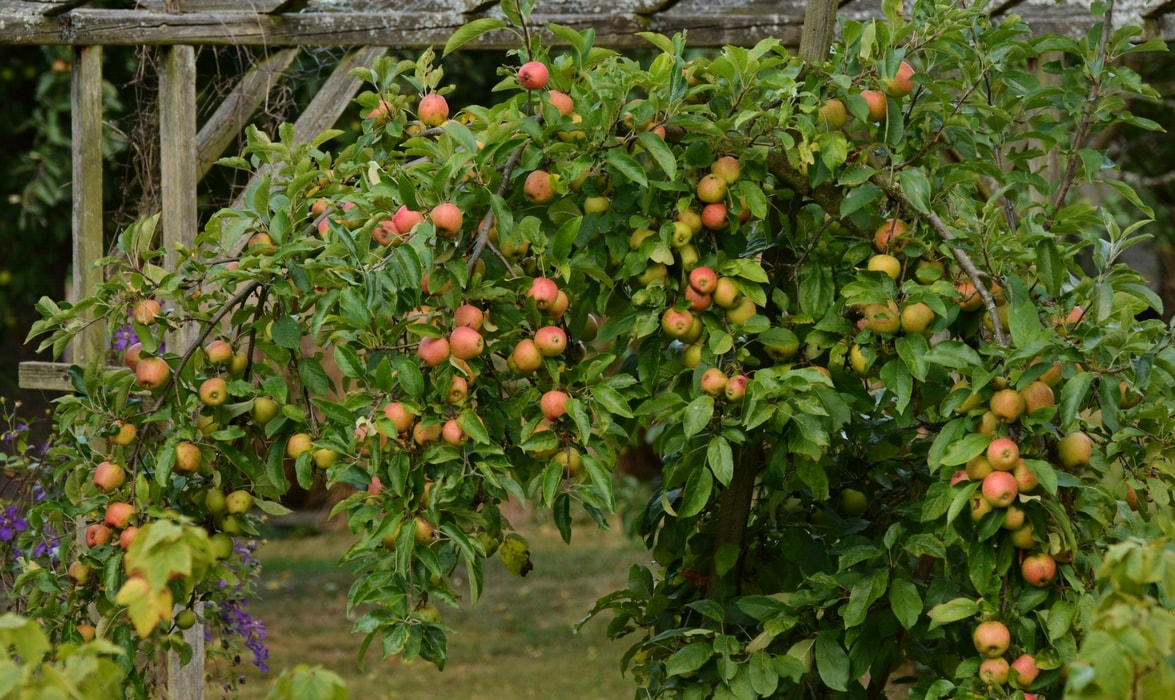
Apple tree: planting, pruning and care
for abundant apple harvests
Contents
The apple tree (Malus domestica) is one of the most popular fruit trees in gardens and orchards, symbolising generosity and renewal through the seasons. Valued for its beautiful spring flowering and delicious fruits, the apple tree stands out for its ease of cultivation, provided that a few basic principles are followed. Its success relies on proper planting, suitable pruning, and regular care. In this article, we will explore in detail each key step to ensure the vitality and productivity of your apple tree. Follow our advice!
Where to plant the apple tree?
The apple tree, with its ease of cultivation and spectacular flowering, fits harmoniously into various garden spaces, whether it be a traditional orchard or a more ornamental corner. This fruit tree, majestic when planted alone on a short grass meadow or discreetly integrated into a floral bed, adds a touch of charm to your outdoor space. To ensure its optimal growth, favour a well-sunny location, preferably sheltered from strong winds. This condition is essential to promote abundant flowering and good ripening of the fruits.
Small gardens are not left out, as some dwarf varieties, such as ‘Garden Sun Red®‘, adapt perfectly to cultivation in the ground or in pots. These compact varieties offer an ideal solution for those who wish to enjoy the beauty and benefits of an apple tree without having a large space.
In terms of training, the apple tree is flexible. It can be grown traditionally, in open air, or take on a trained form, guided along a support. This latter technique is particularly useful in restricted spaces or to create a specific decorative effect.
It is important to note that, like the pear tree, the apple tree requires the presence of another specimen nearby to ensure good pollination and thus effective fruiting. The presence of a compatible pollinator apple tree nearby is essential to guarantee an abundant harvest. This often-overlooked detail highlights the importance of carefully planning the placement of your apple tree to fully enjoy its delicious fruits.

The flowering of the apple tree is very ornamental
When and how to plant it?
The apple tree, like all fruit trees, is ideally planted between October and March, outside of frost periods. The plants offered in containers can be planted all year round except during periods of extreme heat or frost. The soil can be slightly calcareous or acidic but not excessively so.
To plant:
- Loosen the soil deeply, removing stones and unwanted herbs.
- Add a little sand to improve drainage.
- Dig a wide planting hole at least 3 times the volume of the root ball. Be sure to place the subsoil on one side and the topsoil on the other.
- Mix crushed horn and organic matter (potting soil, compost, etc.) with the subsoil and pour this mixture into the bottom of the planting hole.
- Place the root ball, cover with topsoil without burying the grafting collar, and firm down. Water generously (about 10 litres).
It may be beneficial to stake the apple tree by installing a bracing system: plant 3 stakes in a triangle 50 cm around the trunk, connecting them with pieces of wood. Protect the bark with a piece of rubber, for example, and tie the stakes to the trunk with metal wires.
It is also possible to train the apple tree (for example, in a horizontal cordon or double U).
Care and potential diseases
Every year, in autumn, apply well-matured compost to the surface. Then, in winter, add a small handful of wood ash, rich in potash, to improve fruiting. Hoe around the base of the tree if necessary.
The Apple tree can be susceptible to various diseases and pests. Against scab (brown spots on leaves), brown rot (drying of flowers and rotting of fruits on the tree) and powdery mildew (white fluff on leaves), spray with Bordeaux mixture and horsetail decoctions as a preventive measure.
Regarding pests, the codling moth, a small caterpillar, can be countered by installing bird and bat boxes, placing strips of corrugated cardboard along the trunk, and bagging the fruits in brown kraft paper. In case of a serious attack of aphids, spray a mixture of water and black soap.
→ Learn more in our advice sheet: Diseases and pests of the apple tree.

In case of an aphid attack, be patient: ladybirds may act as a natural insecticidal solution.
Read also
How to protect fruit trees from birds?Pruning the apple tree
Prune the apple tree every 2 to 3 years (except for trained forms, where pruning should be annual and focus on flower buds). Pruning can be done from November to March, outside of frost periods.
Remove if necessary the suckers that have grown at the base of the tree and the water shoots developing on the trunk. Remove dead or broken branches, as well as those that cross each other. Cut back twigs and some inner branches to allow air and light to circulate in the centre. Trim the ends of the branches above a bud facing outward. Apply a healing compound such as clay to the pruning wounds.
In June, when the apples are pre-formed, carry out thinning. Keep only one or two fruits per cluster, retaining the apple(s) located in the middle of the cluster. Your apples will then reach a larger size.

To obtain large fruits, it is often necessary to carry out thinning
You can also train your apple tree in a cordon, that is to say, horizontally, on one or two arms following our advice: How to train an apple tree in a cordon? This is an aesthetic and space-saving form, perfect for delineating paths in a vegetable garden or distinct areas in a garden. This type of pruning is ideal for small gardens and terraces, as a cordon apple tree takes up little space in width. Note that trained fruit trees are also often more resistant to diseases!
Discover also our tips:
- How to prune an apple tree?
- Pruning fruit trees in palmette
- How to get rid of mistletoe?
- Subscribe!
- Contents































Comments